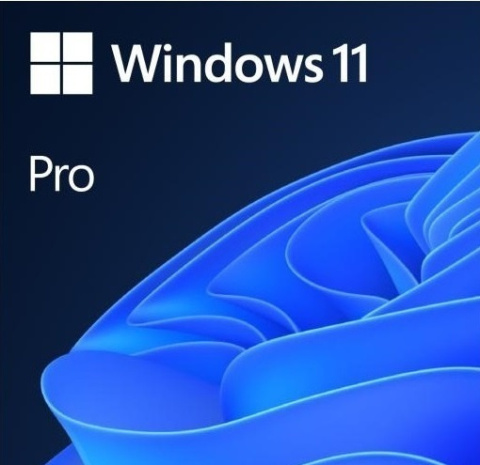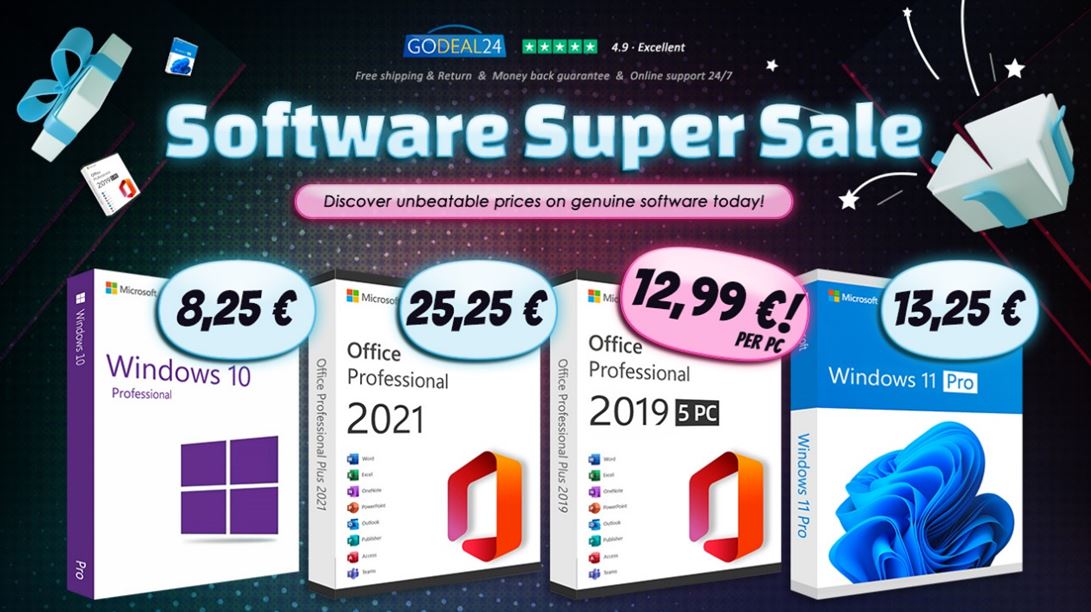Good Advice To Selecting Windows Microsoft Office Professional Activation Sites
Good Advice To Selecting Windows Microsoft Office Professional Activation Sites
Blog Article
Top 10 Tips For Understanding Activation And Compatibility When Buying Windows 10/11 Pro/Home Products
Understanding the process of activation and how it operates when using Windows 10/11 is key to a successful installation and avoiding any future problems. Here are the top 10 tips for you to navigate through these areas.
1. Windows Versions Compatible Check
Ensure that you are purchasing the right key that is compatible with Windows. Windows 10 keys are different from Windows 11 keys. If you purchase a Windows 10 product key, it will not work on a Windows 11 upgrade unless the key is specifically designated as an upgrade.
The key must be specific to either Home or Pro. Keys cannot be interchangeable.
2. There are various keys available for 32-bit and 64-bit versions.
Make sure that your device is compatible regardless of whether you're using a 32-bit operating system or a 64-bit version.
It is important to ensure that the key covers both of the architectures. Some OEMs may have specific restrictions.
3. Avoid Cross-Region Activation Issues
Keys could be restricted to regions. That is, a key purchased from one country may not be activated in another. Verify the restrictions of the key's region before activating it.
A key that is purchased from a seller outside of the area or from an online gray market can be ineligible.
4. What is the difference between the Full and Upgrade Versions?
An upgrade key must be an active, pre-existing version of Windows. Don't buy an upgrade key if your Windows installation isn't current.
Windows is activated by using a full version key for new installations.
5. Link to your copyright to enable easier activation
Connect the activation of digital licenses to your copyright. This allows you to reactivate Windows in the event of major modifications to your hardware or switch to a new device.
Follow the instructions under Settings > Update and Security > Activation to link your account.
6. Act immediately to confirm validity
To confirm the key's genuine and working, activate it right away after you purchase. Problems with activation could indicate that the key may be invalid or copyright, or is already being used.
If the key you purchased is defective, there are limited alternatives to settle disputes, or receive a refund if you delay activation.
7. Understanding OEM Limitations of Activation
A OEM key, once activated is connected to a device. This key can't even be used on a different device when the original hardware is not working.
You should consider buying a retail license as it offers more flexibility.
8. There are specific rules for key academics and for volume.
Volume Licenses are limited. You might need to activate them via KMS (Key Management Service), or another enterprise-oriented solution that is not appropriate for normal home use.
Check that the license you purchase is compatible with the use. A volume license purchased in error could be deactivated after a brief period.
9. The troubleshooter for activation is an tool that helps to diagnose problems.
If you have issues in activation, Windows provides an activation Troubleshooter tool that will help you pinpoint the issue. It is located in Settings > Update & Security > Troubleshoot.
The troubleshooter will help resolve issues relating to hardware modifications and will verify the authenticity of keys.
10. Different activation processes apply to digital keys and physical keys
Digital keys are linked to your copyright. They may not have a visible key. After you log in, activation may be automated.
Physical keys, like those equipped with COA stickers bought at the time of purchase, require manually entered data to be entered during the installation. To avoid confusion, be sure you know how the key type that you purchased works.
More Tips
If you're unsure of digital purchases, beware ESD keys (Electronic Software Delivery). Verify the legitimacy of the online platform.
Windows 11 is not compatible with every device. Windows 11 is not compatible with all devices, and especially those older PCs that lack Secure Boot or TPM 2.0.
Get detailed information on your type of license by using the Windows Activation Status Tool.
If you are aware of these essential aspects of compatibility and activation, you can make informed decisions when buying Windows 10/11 keys. This will make sure that the operating system runs smoothly without unexpected issues. Take a look at the most popular Windows 11 Home for blog examples including buy windows 11 product key, buy windows 11, buy windows 10 pro key, registration key for windows 10, buy windows 10 product key for windows 10 operating system product key, buy windows 10 product key, buy windows 10 product key, windows 11 product key, license key windows 10, buy windows 11 key and more. 
Top 10 Tips On Licensing Type When Buying Microsoft Office Professional And 2019/2021/2024
If you're considering purchasing Microsoft Office Professional Plus 2019, 2020, or 2024 it is essential to understand the different types of licenses in order to make sure that you get the best one for your requirements. The different types of licenses have various restrictions, support options and conditions. Here are the top 10 suggestions to help you navigate the different license types:
1. You should know the most important types of licenses
Microsoft offers various types of licenses that are available for Office Professional Plus, including Retail, OEM (Original Equipment Manufacturer), and Volume Licensing. Each license comes with its own conditions, terms and restrictions.
Retail: A purchase that is made only once, usually for a single person. It can be transferred to a different device (within the same user).
OEM: Connected to the device it was installed on and can't be transferred. Often cheaper, yet less adaptable.
Volume Licensing : This is an excellent option for schools or businesses because it provides an option that can be scaled to accommodate several users.
2. Retail Licenses to Flexibility
Retail licenses offer the most flexibility. It is possible to install Office on any device and later transfer the license to another PC or upgrade. This is an excellent option for those who may need to change their computers or update their hardware.
3. OEM licenses for lower cost
OEM licenses are more expensive, but they are tied to a specific device and are not transferable. They are meant for computers that have Office installed by the manufacturer. An OEM license can help you save money, however it limits your options in the case of building or upgrading a customized PC.
4. Understanding Volume Licensing
Volume licensing is designed to be used by businesses, educational institutions as well as government agencies. It could be a better value if you plan to buy Office for several devices or users. There are other advantages as well, such as central management, deployment that's more simple, and discounts based on the quantity.
5. Multiple Device Licenses Multiple Device Licenses
Retail licenses typically cover one or more devices (e.g. laptops and desktops) while Volume Licenses could cover hundreds, or even thousands, based on the terms of the contract. Be sure to know the number of devices that the license covers when buying.
6. Verify that the license transferability is possible
Retail licenses may be transferred from one device to another (as as they've been removed from the device before), but OEM licenses aren't transferable. If you're planning to frequently switch computers it is a crucial factor to consider.
7. Take into consideration the difference between Device Licenses vs. Licenses for Users Licenses
Some licenses are assigned to individuals, whereas others are allocated to devices. If you're looking to purchase Office for one user who can access it from multiple devices, then you should look for licenses contingent on the number of users. These include subscriptions for Microsoft 365 or Volume Licensing.
8. Make sure to check for updates and support
Microsoft generally provides complete support for retail licenses and volume licenses are also supported by regular updates. OEM licenses on the other hand are not guaranteed support and are not updated until the device to which it's attached no longer receives updates from the manufacturer.
9. Understanding Upgrade Licensing
With an Volume License or Retail license You may be able to upgrade to the most current version of Office at a discount or through the Microsoft Software Assurance program (for Volume Licensing).
OEM licenses usually don't come with the ability to upgrade, so you may need to purchase another license in case you're looking to upgrade to the latest version of Office.
10. License Agreement Terms
Microsoft offers a license agreement for Office Professional Plus. Before buying any version, be sure you read the. The agreement will outline any restrictions, transfer regulations or the rights to use the software across multiple devices or for specific uses (e.g. commercial usage as opposed to. private usage). Knowing the terms will assist you in avoiding any unforeseen limitations.
Conclusion
Your specific needs will determine the license type you pick for Microsoft Office Professional Plus 2019. 2021 or 2024, whether you're an individual, a business or an organisation. Knowing the distinctions between Retail Licensing, OEM Licensing, and Volume Licensing can help you make an educated choice determined by cost as well as flexibility, support, scalability, and many other aspects. It is important to look over the licensing information to ensure that you purchase the right software for your needs. Follow the recommended Office 2021 key for site tips including Microsoft office 2019, Ms office 2021, Office 2019 professional plus, Microsoft office 2024, Microsoft office 2024 for Office 2019 Ms office 2024, Microsoft office 2021 professional plus, Office 2019 product key, Ms office 2024, Office 2019 download and more.